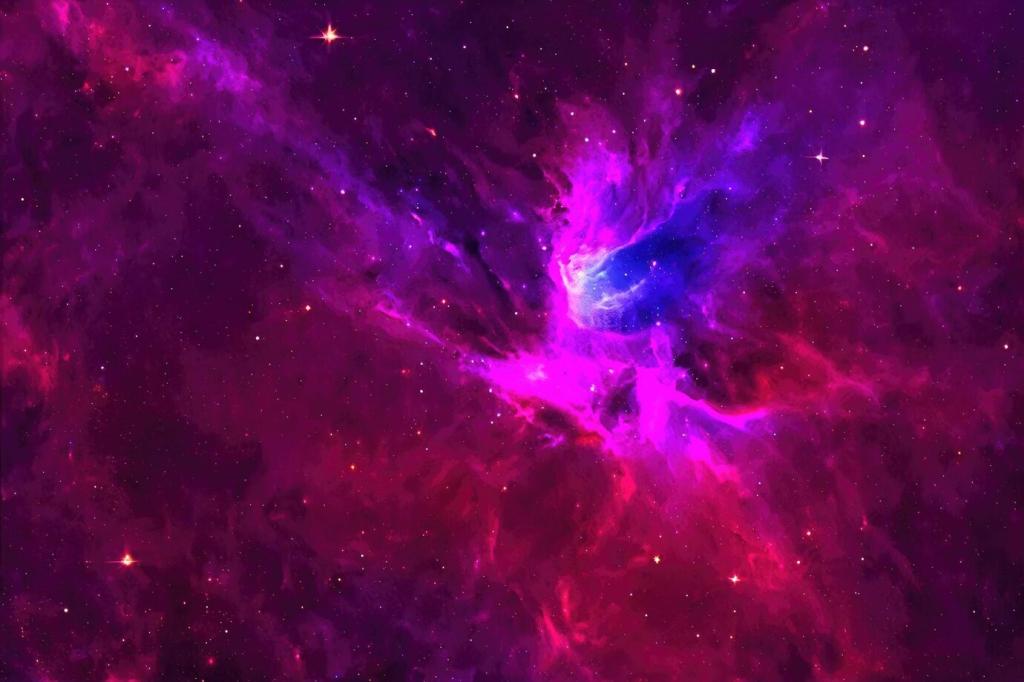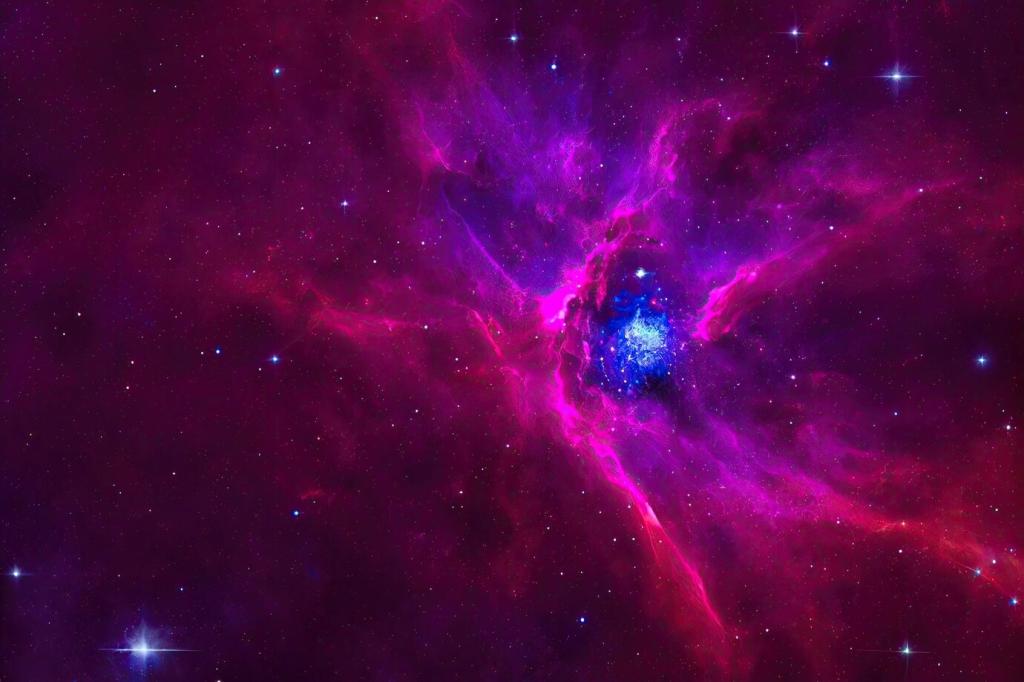Asteroid-Inspired Textures: From Cosmic Dust to Design
From Regolith to Render
Loose regolith on bodies like Bennu settles into unpredictable, scale-rich patterns—fine dust tucked beside jagged boulders. When rendered as displacement and roughness maps, that contrast creates visual tension and depth. Try it in your next shader, and share your node graphs so we can learn together.
Perception, Light, and Shadow
Asteroid-inspired textures reward grazing light. Low-albedo surfaces and micro-pits scatter highlights into subtle streaks, while shadowed cavities feel mysterious and ancient. Calibrate roughness and micro-normal detail to guide emotion, not just realism. Tell us in the comments how you balance grit and readability in dim scenes.
A Sustainable Narrative
Designs echoing asteroid surfaces pair beautifully with recycled aggregates, limewash, and mineral pigments, reinforcing a story of endurance and resourcefulness. Texture can signal longevity without shouting. If you’ve prototyped eco-conscious finishes with a cosmic vibe, drop your photos and process notes—we’d love to feature your work.
Surface Science You Can See
Many asteroids are rubble piles: loosely bound fragments with voids between them. Recreate this by mixing multi-scale rock alphas, scattered height anomalies, and ambient occlusion emphasis. The resulting texture feels precarious yet cohesive. Share your scatter settings and density maps to compare approaches across render engines.
Surface Science You Can See
Cut a chondrite meteorite and you’ll find rounded chondrules suspended in a fine matrix, sometimes welded into breccias. In 2D and 3D materials, layered noise plus embedded circular grains evokes that structure. Post your takes on chondrule distribution and color variance; we’ll highlight clever parameter setups.
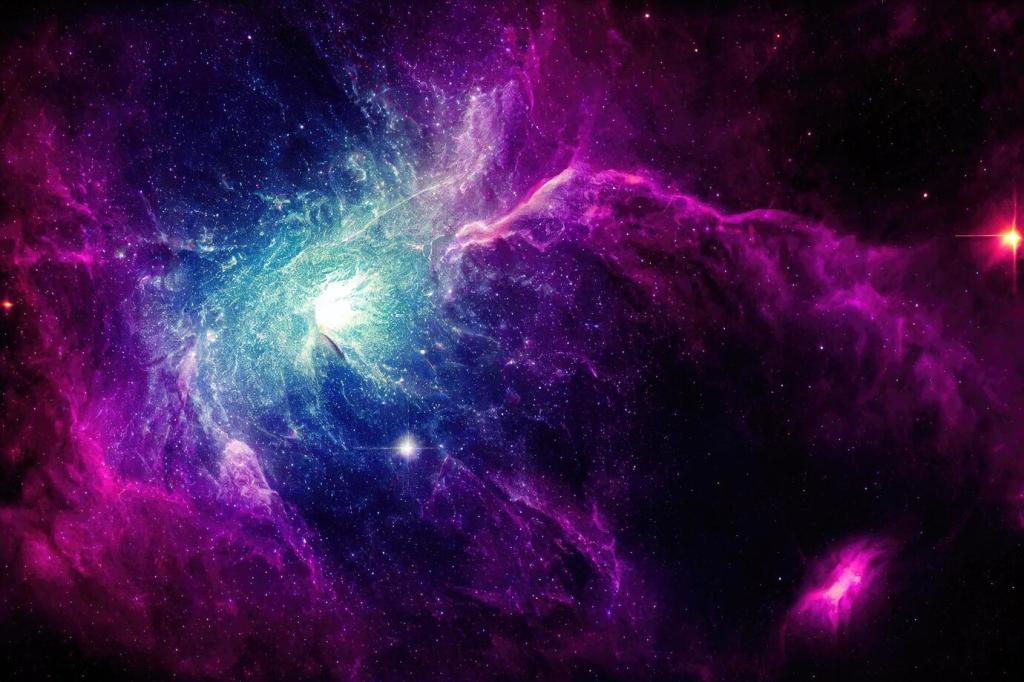
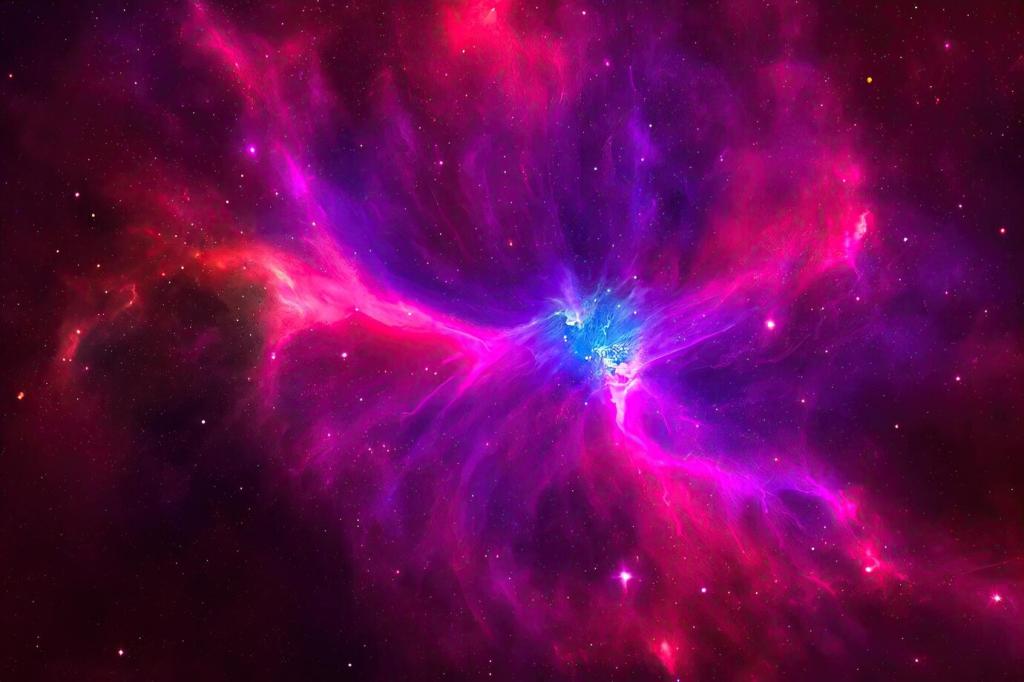
Creative Workflow: Making the Texture Feel Extraterrestrial
Start with mission imagery, meteorite thin sections, and macro photos of basalt, slag, and pumice. Build a moodboard that spans scales—from dust to boulder—so your texture reads credibly from any camera distance. Post your boards; we’ll exchange feedback on which references anchor the emotional tone best.
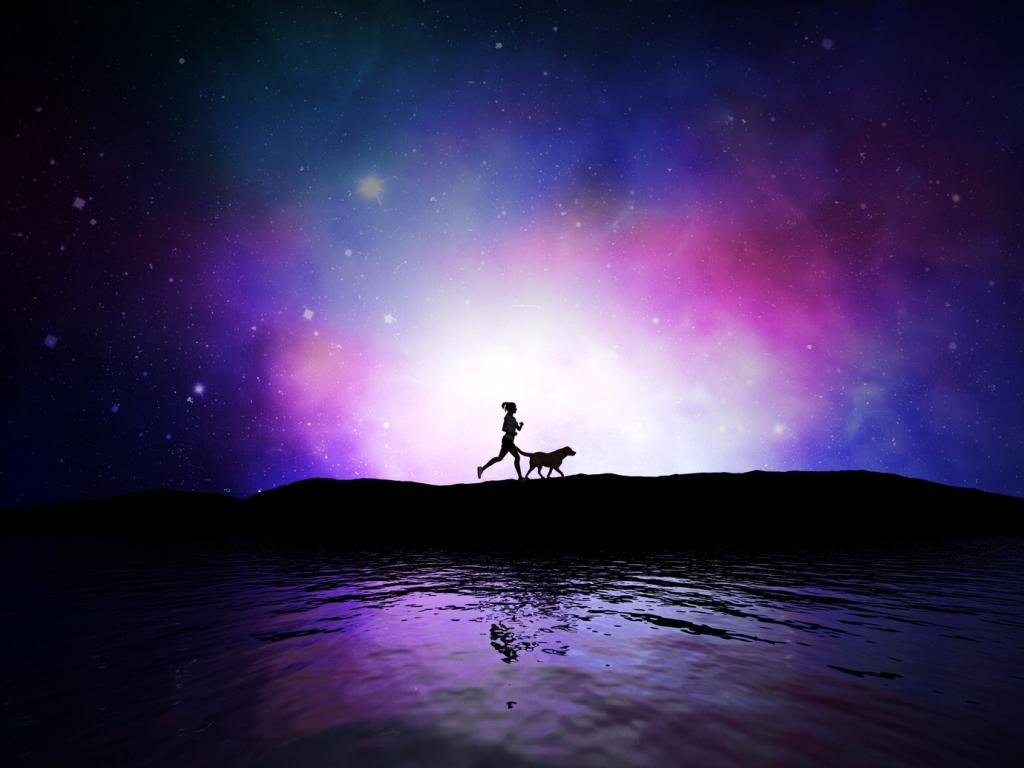
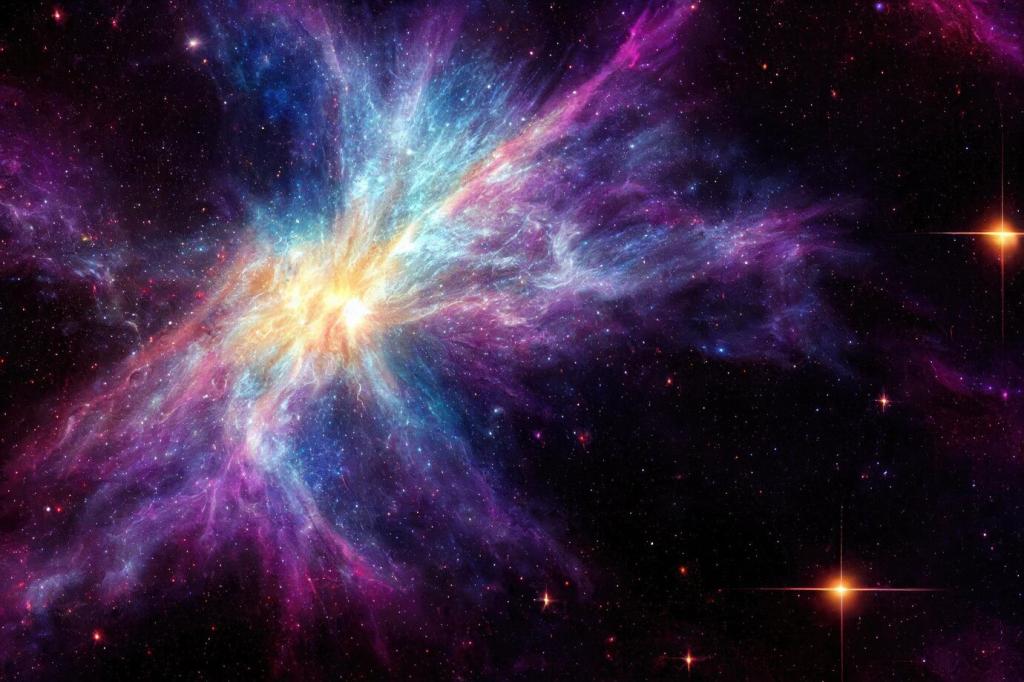
Interior and Architectural Surfaces
Imagine a lobby wall with cratered lime plaster, catching sunrise at an oblique angle. Micro-cavities glow while shadows deepen, creating quiet drama. Durable aggregates keep maintenance practical. Share sketches or mockups, and we’ll discuss which binders and sealers preserve the matte, space-weathered look without plastic sheen.
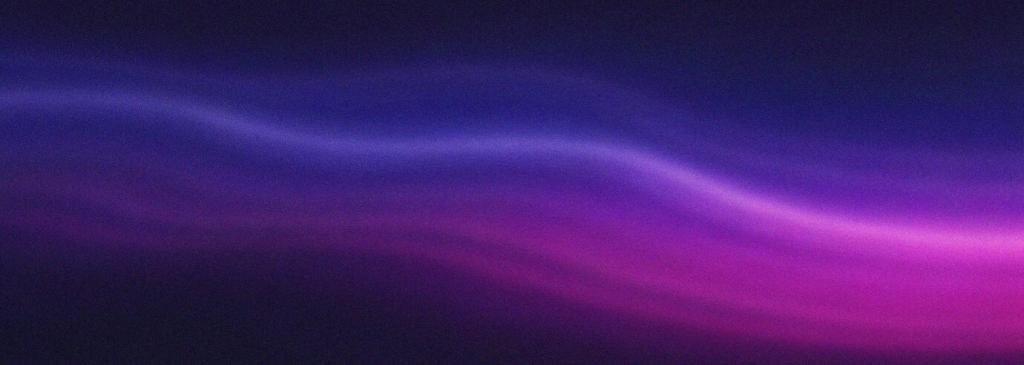
Digital Products and UI Motion
Subtle asteroid micro-relief in buttons or background panels can guide focus without shouting. Animate light sweeps that suggest slow spacecraft flyovers, reinforcing narrative without distracting. Tried variable roughness overlays for depth? Post your design tokens and motion timings; we’re compiling a playbook for accessible, textured UI.

Textiles and Wearables
Jacquard weaves can mimic chondrule speckling, while enzyme washes carve crater-like softness into denim. Reflective yarns echo regolith sparkle under low light. If you’ve sampled swatches, share macro shots and hand-feel notes. We’ll compare fiber blends that keep the extraterrestrial mood while staying breathable and durable.
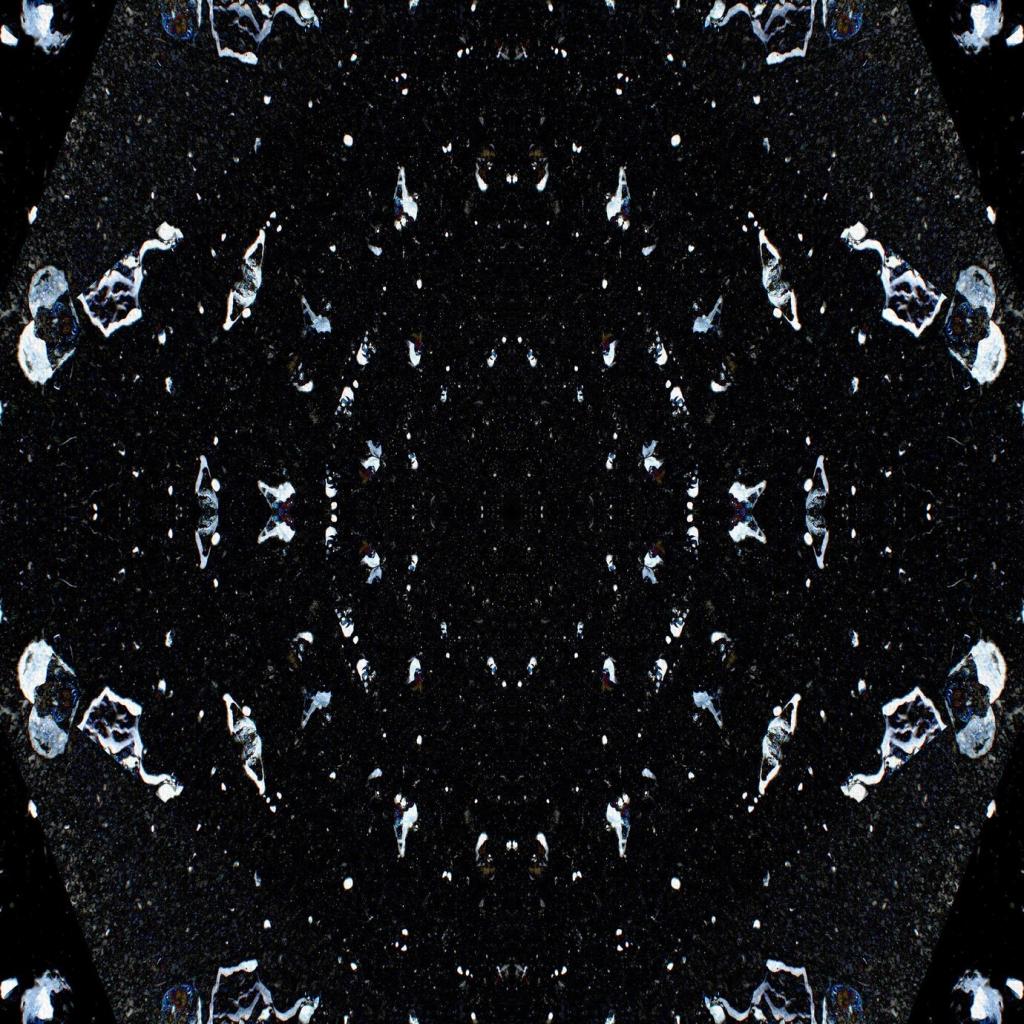
Holding that heavy, cool fragment felt like time condensed. The regmaglypts were deeper than photos suggested, with edges softened by fiery descent. We sketched shadow shapes, then surveyed color under three lights. Share a moment when a physical sample reshaped your material assumptions; we’ll feature standout stories.
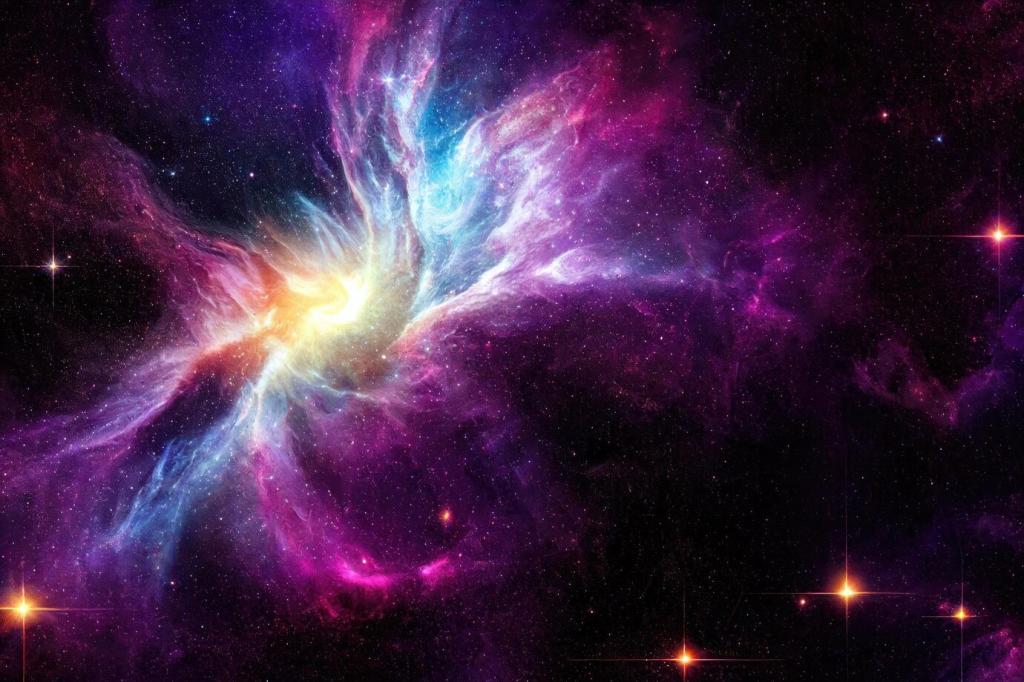
We traced each hollow into a height map, exaggerating only where readability suffered. Surprisingly, the most compelling versions kept asymmetry and random spacing. We posted the study and asked for critique; your feedback refined our roughness breakup. Offer your mapping tips—especially on preserving authentic irregularity.
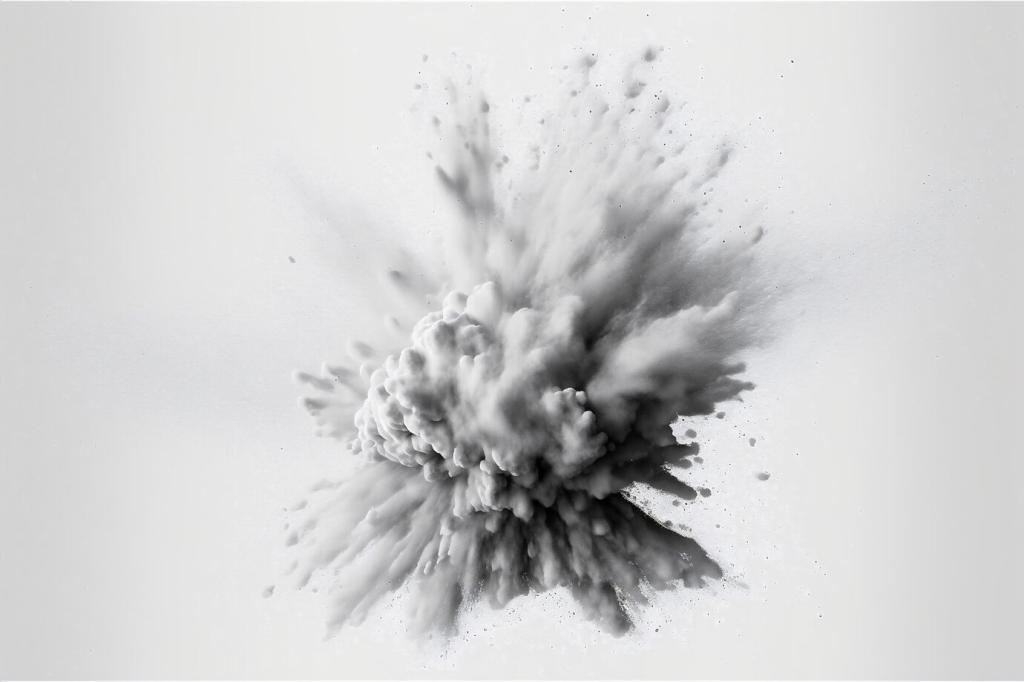
Viewers described the texture as calm yet ancient, like a lullaby written in stone. A museum educator recognized the regmaglypt signature instantly. That mix of accessibility and authenticity became our north star. Tell us which emotional descriptors guide your asteroid textures, and subscribe for monthly critique sessions.
Join the Community Orbit
Post a before-and-after sequence: reference image, node graph, and final render. Explain which craters you emphasized and why. We’ll compile a gallery and annotate standout techniques. Comment on two peers’ posts to keep the momentum going and suggest new asteroid targets for collective study.
Join the Community Orbit
This month, reinterpret Bennu’s boulder fields with a cool, desaturated palette and restrained specular. Aim for readability at three distances. Submit by the last Friday, and vote on favorites. Winners help select next month’s asteroid brief—join the conversation and propose surprising constraints we should test.
